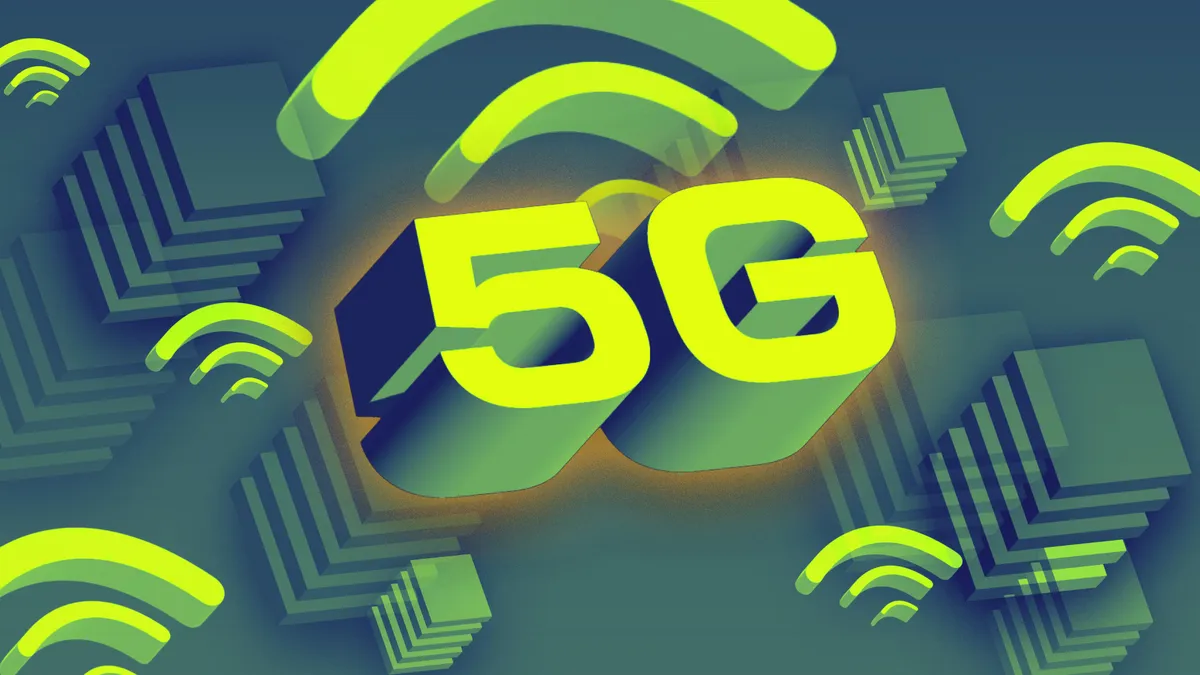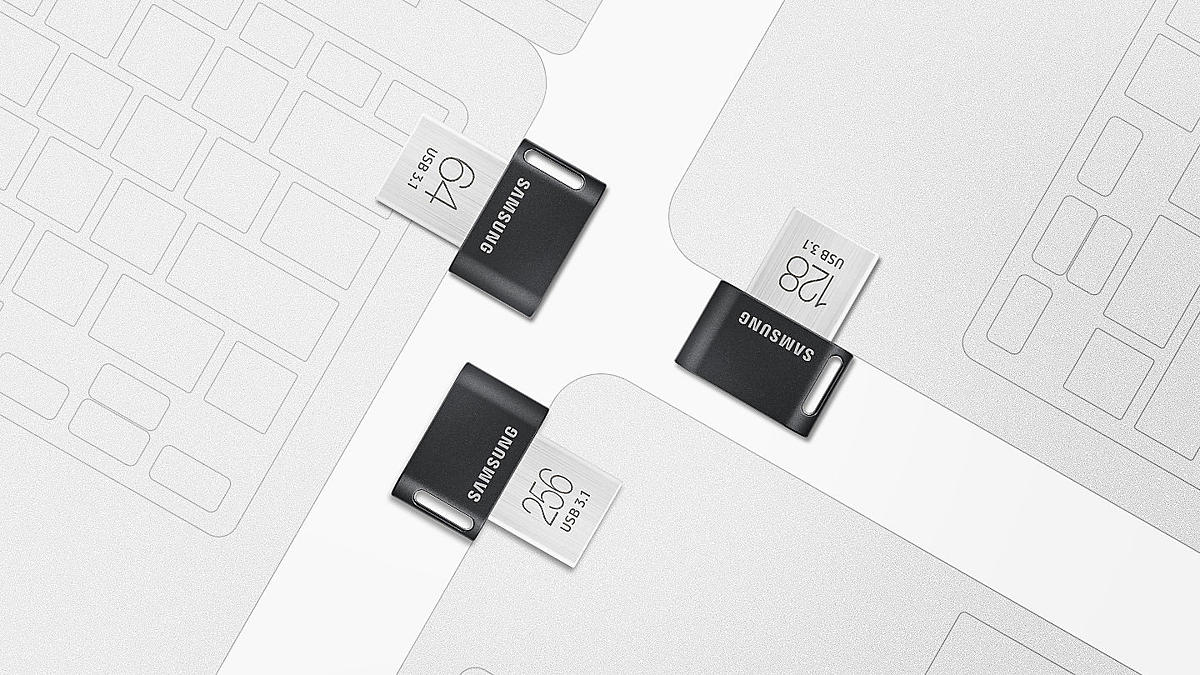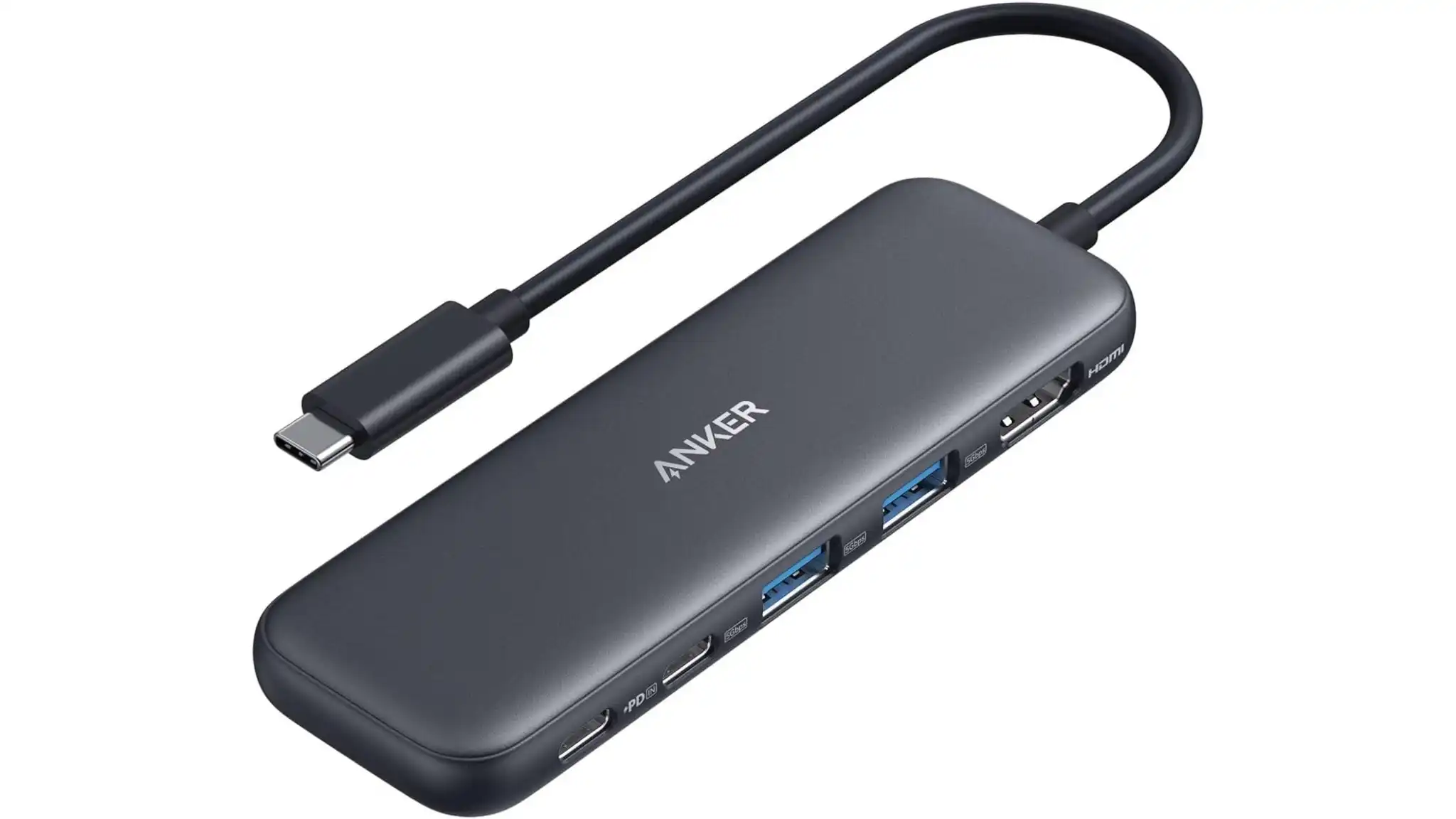Here’s what you should know if you’re on the fence about 5G for your household’s internet needs.
Internet is one of the lowest-rated industries in the country, and it’s no secret why: Wading through the hidden fees, yearly price hikes, contracts, technical details and different speeds makes for a frustrating experience. New data from the American Customer Satisfaction Index suggests that customers find the internet industry more insufferable than even airlines, social media and energy utilities. The Federal Communications Commission seems to agree and enacted new broadband nutrition labels to help you better decipher all the fine print. Even so, we often feel we have hardly any options. Could 5G be the answer?
The technology powering the latest phones also wants to tackle our household broadband needs. Establishing a solid home internet connection has become an indispensable part of our lives, whether you work from home, do research for school or need to decompress with the latest video games. The earliest 5G home internet plans, available from names like AT&T Internet Air, Starry, Verizon and T-Mobile, offer respectable speeds at straightforward prices — but availability is limited to select cities and regions. CNET has reviewed all the major 5G services and we’ve got the details on how they work, how fast 5G gets, what it costs and where it’s available. Read on to see how a 5G connection may benefit you.
So, what is 5G home internet?
Simply put, 5G stands for the fifth generation. The fifth generation of what? The fifth generation of wireless data networks. You’re probably most familiar with hearing 5G used to describe better mobile communications and speedier phones. You’re not wrong: 5G networks, which use different radio frequencies than previous generations, aim to provide faster data speeds with much less lag or delay than we had with 4G.
My CNET colleague Eli Blumenthal does a great job of breaking down the basics of 5G. Millimeter-wave technology uses higher frequencies than previous generations, providing faster speeds and connections. Those higher, gigabit speeds come with a price: the data doesn’t travel the same distance as 4G and has more trouble with obstructions. To combat that, midband technology, which offers speeds averaging between 300 and 400 megabits per second, increases the coverage area provided by millimeter-wave. Finally, low-band 5G offers a range similar to 4G but speeds between 100 and 200Mbps.
Is 5G home internet the same as 5GHz?
No, it’s not the same. One common mistake is to see the “5GHz” setting on your Wi-Fi router and assume you have access to 5G. Wi-Fi routers also use short-range radio frequencies (typically either 2.4GHz or 5GHz) — to transmit your internet signal to connected devices within your home. 5GHz might be one of the band options for your home’s Wi-Fi system, but it’s not the same as 5G, which is a cellular technology that uses higher-frequency waves.

How is 5G home internet different?
Most ISPs deliver internet service via phone lines or cables connecting your home to a more extensive network. That includes common internet connection types like digital subscriber lines, coaxial cable and fiber-optic internet. Those are all wired connections from your provider to your home.
5G home internet, on the other hand, is a fixed wireless internet service, which means that the connection between your provider and your home is not wired. With 5G, you will need an indoor or outdoor 5G receiver at your house to pick up the signal. It’s similar to satellite internet, but instead of beaming in a signal from satellites you see orbiting in the night sky, it’s relaying information from a much closer wireless hub. Although you’re using the same 5G network as your mobile phone, the gateway is specific to your location and cannot be used elsewhere.
What providers offer 5G home internet?
5G is still being deployed across the country. For that reason, the number of providers currently offering any 5G home internet plan is relatively limited. For example, AT&T provides a 5G mobile service, but its fixed wireless solution didn’t use its 5G network. That dynamic changed midway through 2023 when AT&T announced its AT&T Internet Air would begin utilizing it in 16 markets across the US. As of late January 2024, AT&T Internet Air is now available to more than 95 markets across 30 states.
Right now, your main options for 5G home internet are AT&T Internet Air, Starry, T-Mobile and Verizon. All prices listed on this page reflect available discounts for setting up paperless billing. If you decide not to go with automatic monthly payments, your monthly bill will be higher. Now, let’s explore what each offers.

AT&T Internet Air
AT&T Internet Air uses AT&T’s 5G wireless network, bypassing the need for a receiver and direct line of sight to a cell tower. The setup process is as simple as plugging in your Internet Air router, setting up the Wi-Fi network and figuring out what setup is best for you.
The advertised speed range for Internet Air is between 75 to 225Mbps with a latency between 30 to 60ms, putting it in league with the likes of T-Mobile Home Internet, Starry and Verizon’s 5G Home Internet. The straightforward pricing (just one plan for $60), terms of service and decent speeds make Internet Air a reliable option for many customers with access to it. The Internet Air router is included in your monthly cost; no professional installation is required. AT&T offers mesh Wi-Fi extenders for an additional $10 monthly for improved connection. There are no overage fees, data caps or contracts.
What AT&T Internet Air lacks, however, is the same availability as its competitors. Although it’s available across 30 states, many of those locations boast equal availability for AT&T’s fiber internet option, which outpaces fixed wireless in terms of fast, reliable speeds and cost per Mbps.
AT&T Internet Air plans and pricing
| Plan | Monthly price | Max speeds | Fees and service details |
|---|---|---|---|
| AT&T Internet Air Read full review |
$60 | 75-225Mbps down, 10-30Mbps up | No equipment fees, overage fees or contracts |
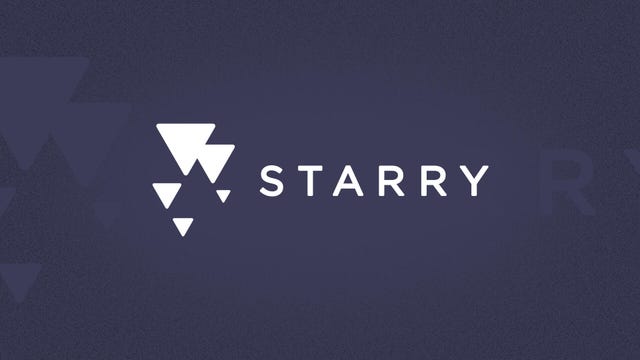
Starry Internet
Starry started in 2016 but does not lean into the 5G connection. It does not use 5G NR radio technology, which is a focus of mobile providers. Still, it does use millimeter-wave technology as a critical aspect of delivering fixed wireless home internet to customers. “We operate in 24GHz and 37GHz spectrum bands, and our network technology is the same across all our markets,” a Starry spokesperson said.
The monthly price includes unlimited data, free equipment and installation and no contracts. It’s also the only 5G home internet provider listed here that features symmetrical or near-symmetrical download and upload speeds, similar to what you’d find with a fiber internet service.
Lastly, Starry also offers a “30-Day Happy Interneting Guarantee” with a full refund if you aren’t satisfied with the service and cancel within the first 30 days.
It should be noted that Starry exited Chapter 11 in August of 2023, so it halted plans to expand to new cities. It will focus on its five existing markets: Boston, Denver, Los Angeles, New York and Washington, DC.
Starry Internet plans and pricing
| Plan | Monthly price | Max speeds | Fees and service details | |
|---|---|---|---|---|
| Starry Connect Read full review |
$15 | 30Mbps download, 30Mbps upload | No equipment fees, data caps or contracts | |
| Starry 100 Read full review |
$30 | 100Mbps download, 50Mbps upload | No equipment fees, data caps or contracts | |
| Starry 200 Read full review |
$30 | 200Mbps download, 50Mbps upload | No equipment fees, data caps or contracts | |
| Starry 300 Read full review |
$45 | 300Mbps download, 50Mbps upload | No equipment fees, data caps or contracts | |
| Starry 500 Read full review |
$55 | 500Mbps download, 50Mbps upload | No equipment fees, data caps or contracts |
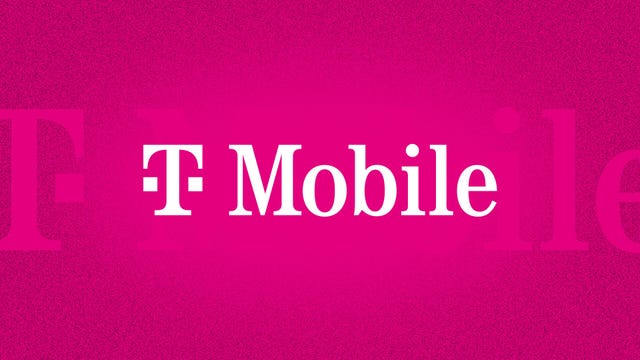
T-Mobile Home Internet
T-Mobile Home Internet features the lowest broadband speeds among our listed providers. That’s because it wavers between 4G LTE and 5G. It’s not exclusively 5G. T-Mobile “anticipates” that most customers will average between 72 and 245Mbps download speeds. When CNET tested T-Mobile’s service in 2021, we hit a maximum of 132Mbps.
T-Mobile offers two home internet plans with the same speeds, the main difference between the two is that for Home Internet Plus (the $70 plan), you get a Wi-Fi Gateway and a Mesh Access Point for more reliable connection throughout the house.
T-Mobile’s service includes all setup fees and taxes. There’s no annual contract or data cap. It’ll also give you a $200 gift card for switching providers.
T-Mobile Home Internet plans and pricing
| Plan | Monthly price | Max speeds | Fees and service details |
|---|---|---|---|
| T-Mobile Home Internet Read full review |
$50 ($40 for eligible mobile customers) | 72-245Mbps download, 15-31Mbps upload | No equipment fees, data caps or contracts |
| T-Mobile Home Internet Plus Read full review |
$70 ($50 for eligible mobile customers) | 72-245Mbps download, 15-31Mbps upload | No equipment fees, data caps or contracts |
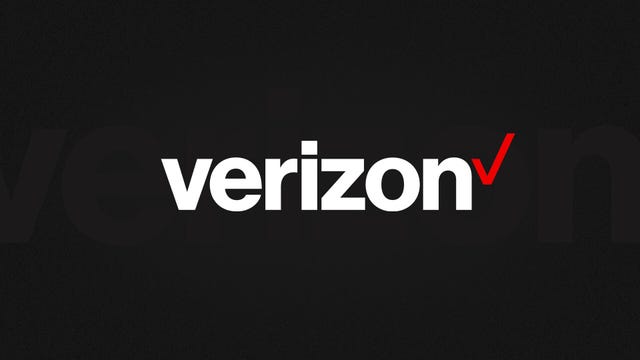
Verizon 5G Home Internet
Verizon’s 5G internet service, which uses Ultra Wideband 5G technology, boasts maximum download speeds of up to 1 gigabit and average speeds of around 300Mbps. Upload speeds are not symmetrical and will plateau at 50Mbps or less because Verizon does not exclusively use millimeter-wave technology but rather a mix of low-band, mid-band and millimeter-wave.
Verizon 5G Home Internet pricing is $50 a month for 50 to 300Mbps or $70 monthly for 85 to 1,000Mbps, plus some extra perks. Either way, it’s an all-in price that includes equipment, setup fees and taxes, and like all other Verizon plans, it requires no contracts or data caps.
Verizon offers many promos and deals to sweeten the pot for potential customers. First, it provides an early termination fee credit offer to give qualifying customers a bill credit of up to $500 if they switch from their current ISP and are charged an ETF. Second, 5G Home Plus customers can get up to $400 off Samsung appliances from Home Depot and an NFL Sunday Ticket. Lastly, customers with qualifying Verizon mobile plans will get a discount on the monthly cost of either plan, bringing them down to $35 or $45 monthly.
Read our Verizon 5G Home Internet review.
Verizon 5G Home Internet plans and pricing
| Plan | Monthly price | Max speeds | Fees and service details |
|---|---|---|---|
| Verizon 5G Home Read full review |
$50 ($35 with qualifying Verizon 5G mobile plans) | 300Mbps download, 20Mbps upload | No data caps, contracts or equipment fees |
| Verizon 5G Home Plus Read full review |
$70 ($45 with qualifying Verizon 5G mobile plans) | 1,000Mbps download, 75Mbps upload | No data caps, contracts or equipment fees |
Where can I get 5G home internet?
Let’s not sugarcoat this: 5G home internet service is not yet available everywhere. While the list of cities seems to expand nearly every month, most are larger US cities.
T-Mobile Home Internet is the most widely available service among the three highlighted providers. While Verizon’s 5G home internet service is now available to 40 million homes, T-Mobile leapfrogged that by expanding its fixed wireless service to over 50 million households. Yet T-Mobile acknowledges it does not have unlimited availability across those locations due to network capacity.
Verizon’s 5G Home Internet is currently offered in approximately 900 markets. That means that although the total number of households in which it is available is less than T-Mobile, it does cover more cities.
AT&T Internet Air is available to 137 locations and covers just around 9% of the country compared to T-Mobile Home Internet’s 60%, according to the FCC, though the service is still slowly expanding.
Starry Internet is available in Boston, Denver, Los Angeles, New York City and Washington, DC.
Final thoughts: Is 5G home internet for you?
The first thing to be said is what we always say regarding ISPs. No matter how good the service, it’s all moot if unavailable at your address. 5G technology is still being rolled out nationwide, so we should expect to see some bumps in the road as that effort continues.
Still, 5G home internet availability is increasing at a pretty rapid pace. The affordable, straightforward pricing is vastly appealing, and it’s what jumps off the page for me. Time will tell if that trend holds as availability continues to expand. It would be a real step forward if 5G could emerge as a viable broadband option for traditionally underserved parts of rural America. As CNET alum Rick Broida put it after he tested T-Mobile’s service, “Imperfection is a lot more tolerable when you’re paying less than half what you were before.”
5G home internet FAQ
Is 5G home internet cheaper than other connection types?
5G home internet is one of the more affordable options available considering the decent download speeds that current plans average. T-Mobile averages just over 100Mbps, Starry chimes in at 200Mbps and Verizon’s median speed is 300Mbps. The lowest monthly cost among the three main providers is $15 (Starry’s low-cost option) and the highest is $70 (Verizon 5G Home Plus without the Verizon mobile discount). Each provider’s monthly costs include all fees, taxes, equipment and installation charges. So the monthly charge you see is the monthly charge you pay. Lastly, none require term contracts, so you won’t have to fear any early termination fees.
Is 5G fast enough for home internet?
In theory, 5G should enable a speedy connection that will match or better what you get with cable or fiber internet. That’s usually not the case regarding the reality of 5G home internet. To increase the reliability and coverage of the 5G internet service, most providers rely on a mix of millimeter-wave, low-band and midband technology — as well as 4G LTE in some cases — and this means home internet customers won’t see the real high-end capabilities of 5G at present. You should see well over the average speeds of your typical DSL and satellite internet plans.
What does the ‘G’ stand for in 5G?
It simply means generation. In other words, 5G is the fifth generation of cellular technology.
What’s the difference between 5G home internet and cable internet?
Cable internet — whether coaxial cable, fiber-optic cable or a hybrid of the two — relies on wires to transmit data from a central hub into your home. 5G home internet is a fixed wireless solution that uses an internet gateway to connect your home using radio frequencies to connect to a cell tower or data hub nearby.
If you’re fortunate enough to live in an area with multiple internet service providers, you face a tough choice: Which ISP will give you the best home internet connection for the greatest value? How can you connect to Wi-Fi for free while trying to decide?
Whether using the internet for work, school or play, broadband is becoming a utility on par with electricity and water. Here at CNET, we’ve put together a cheat sheet full of our expert advice. We help answer your most pressing home internet questions, from in-depth looks at undersea broadband cables to the impacts of the loss of the Affordable Connectivity Program.
How do I choose an internet provider?
Picking an internet service provider isn’t easy, especially these days when you have more options — hello, 5G home internet — than ever before. CNET has taken the time to review the top ISPs in the country to help level the playing field for you. We can help you cut through the clutter to determine the right provider for you and what plans best fit your household’s needs.
What should I look for in a Wi-Fi router?
Once you’ve decided on an ISP, consider choosing a router. We’ve tested dozens of routers over the last few years and can help you find what you’re looking for, whether it’s a Wi-Fi 6 router, a mesh router system, a gaming router or a Wi-Fi extender system.
How do I cut costs on internet bills?
Most of us are concerned about saving money. Just as we might scrutinize how often we leave the lights on when trying to lower our electricity bill, we can explore ways to save a little money on our broadband service. Whether investing in a router or learning to better manage your data caps, we have suggestions to help you save.
Can I speed up my Wi-Fi?
We all want to get the most out of what we pay for. But even if we’re subscribing to our provider’s fastest plan, we may not feel the effects of those zippy download speeds in our Wi-Fi. Here are some avenues to explore to see if your ISP is to blame or your setup could be better maximized.
How do I troubleshoot internet issues myself?
One way to save money (and time) is to learn how to diagnose problems independently without calling in professionals. We’ve got you covered, whether you’re battling choppy video calls or simply trying to avoid the fee that comes with a technician visit.

